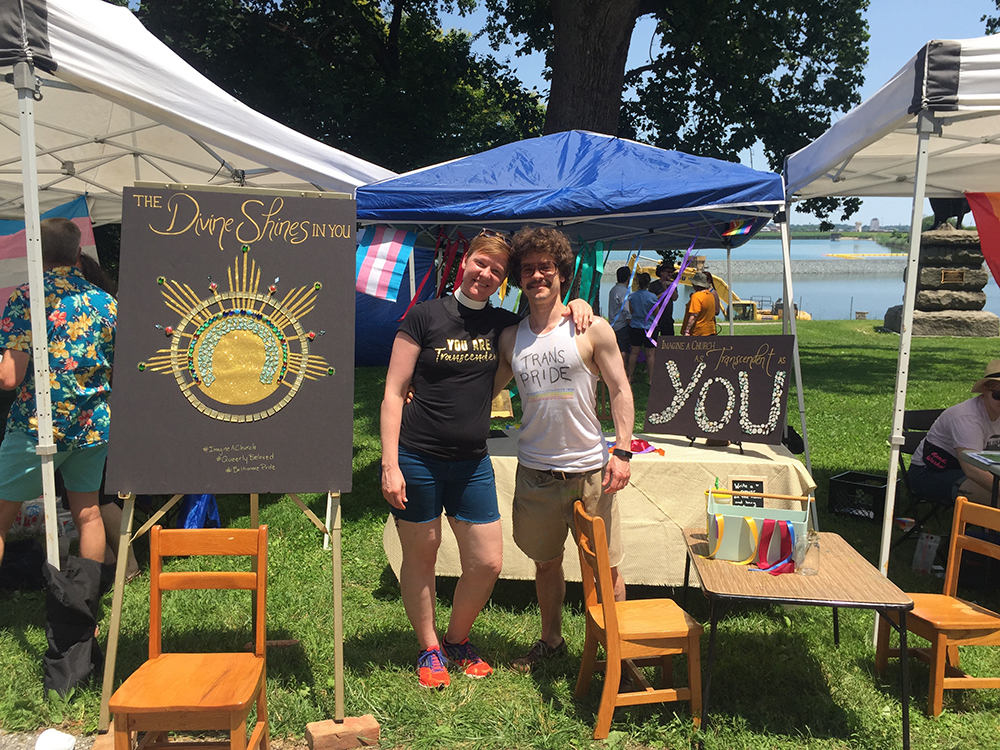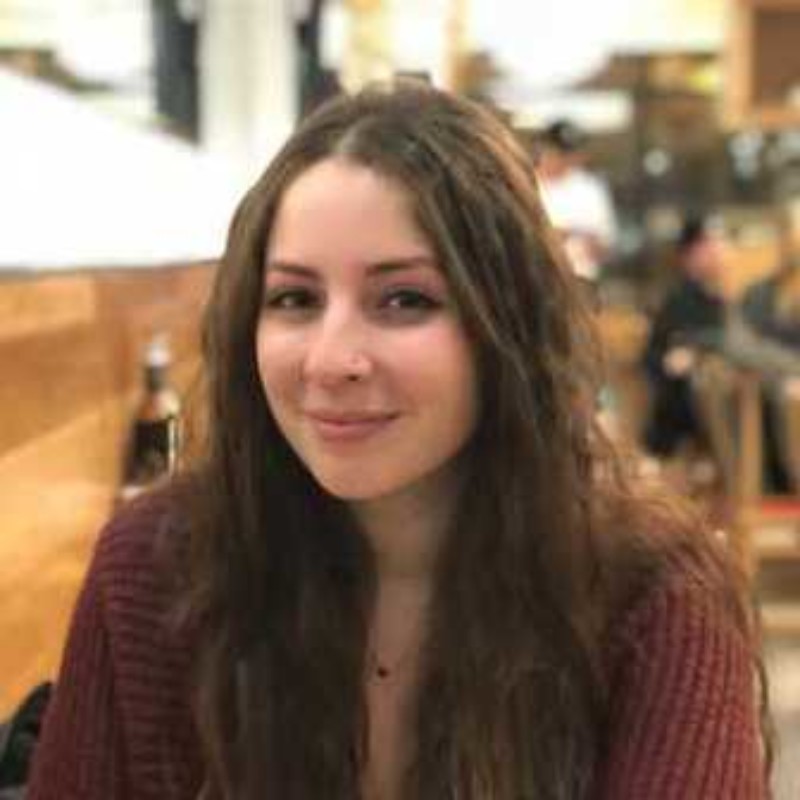
On a humid Thursday evening in early August, Lutheran pastor Emily Scott welcomed 22 attendees to the first meeting of her new church in the room of a local bookstore. Scott led the congregation in a short song and introduced herself by mentioning her preferred pronouns: she, her, hers.
The pioneer congregants followed suit. Specifying pronouns is an unusual thing to see at church, but learning the basic nuances of each individual’s gender identity set the progressive tone for Scott’s nascent LGBTQ-focused church in Baltimore.
“There’s an awareness within the mainstream Protestant world that many churches have been places of exclusion, and that’s something we really need to break out of,” says Scott, a 37-year-old graduate of Yale Divinity School. “I wanted to first make my identity as a queer woman very clear.”
She explains that inclusion, informality, and community were top priorities for her church’s dynamic, and she wants its development to be a community effort. She even delayed choosing a name until she and a more established congregation can collaborate to do so. For now, she calls it “Imagine a Church Baltimore.”
This is not her first foray into church establishment. She is a church planter, according to her website, meaning she creates new spiritual communities from scratch. For the past decade, Scott worked as the primary pastor at St. Lydia’s Dinner Church in Brooklyn, New York, the first church she founded.
Like Imagine a Church Baltimore, St. Lydia’s was dedicated to social justice and paid specific attention to the needs of LGBTQ Christians that she said typically go unaddressed within mainstream ministries. Scott said she loved working at St. Lydia’s but, as it grew into a more stable institution and a national news story (covered by The Atlantic and The Wall Street Journal), she wanted to bring her expertise and enthusiasm to a new community, and she quickly settled on Baltimore.
“Before I moved, I’d been really drawn to Baltimore for a number of years,” says Scott. “Baltimore is filled with people who are invested in the city. I’m really moved by all the community-based activism and grassroots movements.”
Scott’s first service integrated classic elements of church—a sermon, a biblical recitation, and a few more songs—with practices that are seldom found inside typical places of worship, including the discussion of pronouns and queer identities. Imagine a Church Baltimore also has no brick-and-mortar space, so in lieu an official location, Scott borrowed a room from Red Canoe in Lauraville.
This past March, Scott left New York and purposely settled near Lauraville, a neighborhood she said has a notably large LGBTQ community. In order to spread the word about her church, Scott set up shop at Baltimore Pride in June with a photo booth where people could pose against a halo under the words “The Divine Shines in You.” She also regularly runs a booth at the Hamilton-Lauraville farmers’ market on Tuesday evenings, and is active on Imagine a Church Baltimore’s Facebook page, which currently has 136 followers.
“Part of my job is to listen to the community and build something in response to what I hear, so I’m trying to engage with the people here in any way that I can,” says Scott, who credits a large portion of her decision to move here to Bishop Bill Gohl of the Delaware-Maryland Synod. “He is incredibly affirming of LGBTQ folks. It’s rare to find this level of support for a church like mine.”
Scott said Gohl has also encouraged her to use her church for social justice as well as religious refuge for marginalized people, and she said several potential congregants have suggested social justice work within church services as well. Following the first meeting, Scott asked the attendees what sort of church they are imagining: “a place of acceptance,” “a place to welcome new faces and celebrate new friends,” “a place that sounds like shared laughter,” and “music—not only hymns” were some ideas.
The second meeting, tentatively set for September, will focus on names in both a symbolic, identity-focused sense as well as a tangible discussion of what to call the church going forward. However, Scott stresses that Imagine a Church Baltimore is not just a stand-in title or a concise phrase for its congregants to hashtag on social media. It’s a call to action for Baltimoreans who have felt rejected or ostracized by organized Christianity before.
“I’m dreaming about a place that feels free and reflects the broad diversity of Baltimore,” says Scott. “I want to create a place that doesn’t feel defined by respectability but instead by the big, wild, messy way that God made us. Ultimately, it’s the people that come to this ministry who are going to create what it becomes.”
